This year, the vague uncertainty about Windows 11 not supporting older computers turned into reality, as the OS began using the POPCNT instruction, causing it to stop working on many processors. However, this was not all and the requirements may increase further. In fact, now Windows 11 is starting to require additional instruction set extensions that will shut down more processor families, including Phenoms and the first APUs. Read more “Windows 11 stops working on more processors, requires SSE4.2”
Author: Jan Olšan
Next-gen Xeon 6 has 128 Meteor Lake P-Cores and 500W TDP
We recently mused that Intel could catch up, if not overtake AMD in iGPU performance, but now there’s information suggesting upcoming Intel Xeon processors could close the gap with AMD in servers. In fact, the “Granite Rapids” processors appear to eliminate AMD Epyc processors’ long-standing lead in core count and will bring as many as 128 cores. However, these will probably use the not-so-successful Meteor Lake microarchitecture… Read more “Next-gen Xeon 6 has 128 Meteor Lake P-Cores and 500W TDP”
Caveat: RGB LEDs can damage graphics cards and other hardware
A curious “scandal” has now surfaced on the Internet: it seems that decorative RGB LEDs in your computer may not be a purely cosmetic feature that has no effect on the hardware. Users on social media have noticed that the illumination can leave an irreversible mark on your hardware, so to speak, such as on a graphics card that you have next to your RGB memory. Whether this can also have adverse effects on users is hard to say. Read more “Caveat: RGB LEDs can damage graphics cards and other hardware”
Stacked DRAM on the horizon. Could be a revolution like 3D NAND
DRAM used in operating memory has long been experiencing problems. It doesn’t have the best scaling to new manufacturing nodes, which limits capacity growth. Things used to be similar with 15nm NAND Flash, the last gen before planar technology was replaced by 3D NAND. That literally breathed new life (or at least TBWs) into SSDs. However, a stacked “3D” version is now shaping up for DRAM as well, giving hopes it could be similarly groundbreaking. Read more “Stacked DRAM on the horizon. Could be a revolution like 3D NAND”
Ray tracing for old games: NVIDIA RTX Remix tested
Sometimes people say that today’s games don’t measure up to the old ones and don’t offer much besides visuals. But what if modern visuals could be added to classic games that are even twenty years old? NVIDIA’s RTX Remix technology (or software) is supposed to do just that, making it relatively easy to add better graphics to even very old games using a mod – including raytracing effects and things like DLSS or DLAA. Let’s see how it works. Read more “Ray tracing for old games: NVIDIA RTX Remix tested”
Unstable Raptor Lake CPUs on the rise, Intel analyzes the issue
We recently reported on Intel Raptor Lake processors stability issues in games. Reports of crashes often accompanied by misleading messages about lack of video memory don’t seem to be subsiding, but rather multiplying, as do the number of games in which these problems are reported. Intel has not yet taken an official position on the matter, but is analyzing the problem. It is perhaps the biggest such issue with Intel processors in recent times. Read more “Unstable Raptor Lake CPUs on the rise, Intel analyzes the issue”
RDNA 4 Radeon GPUs: specs and performance of both chips leaked
Previously, new GPU generations were coming in 2-year cycles, which would mean a launch this fall. However, Nvidia’s roadmap has put the GeForce RTX 5000 launch into 2025 some time ago. AMD is still unclear on the launch date of Radeon RX 8000s, but there’s some chance it’s within this year. The specs of these GPUs using RDNA 4 architecture have now surfaced on the internet. If they are real, it might even point to a release relatively soon. Read more “RDNA 4 Radeon GPUs: specs and performance of both chips leaked”
AMD to produce lowend CPUs and GPUs using Samsung’s 4nm node
Back when the groundbreaking Ryzen processors launched, AMD was still manufacturing almost all of its products at GlobalFoundries, with the exception of chipsets designed by ASMedia. But now, by contrast, it is almost fully tied to the fortunes of TSMC. However, it looks like there could soon be some diversification in place. Samsung-made chips are coming to low-cost processors and they’ll also appear in Radeon graphics cards later. Read more “AMD to produce lowend CPUs and GPUs using Samsung’s 4nm node”
AMD’s Zen 5 is said to be 40% faster over Zen 4. Can that be real?
The day when AMD releases processors with the new Zen 5 core, allegedly the biggest upgrade since the first Zen, is closing in. Their performance remains quite unclear though – on the one hand AMD’s materials talk about a 10–15% or a little bit more performance increase per 1 MHz, but at the same time there are rumors talking about 30% or now even 40% performance increase. So what to believe and what to watch out for? Read more “AMD’s Zen 5 is said to be 40% faster over Zen 4. Can that be real?”
FSR 3.1 improves quality, can add frame generation to DLSS
At GDC 2024, AMD unveiled the 3.1 version of its FidelityFX Super Resolution (FSR) game upscaling. This is an evolution based on last year’s FSR 3.0 and is designed to improve image quality, but also brings an interesting change. Previously, a frame generation technology (analogous to Nvidia’s frame generation in DLSS 3 and 3.5) was introduced in FSR 3. In FSR 3.1, it can now also be used separately, even combined with DLSS. Read more “FSR 3.1 improves quality, can add frame generation to DLSS”
Ray tracing on AMD RDNA 4 will be twice as fast thanks to BVH8
A few days ago, information leaked on Sony’s upcoming PlayStation 5 Pro console, which will feature upgraded hardware with a significantly stronger GPU and AI acceleration to enable AI-based PSSR upscaling. Other details have now emerged, however, with implications for the upcoming Radeon RX 8000 graphics, as they talk about the capabilities of RDNA 4 architecture’s GPUs in ray tracing. They are set to improve by quite a bit. Read more “Ray tracing on AMD RDNA 4 will be twice as fast thanks to BVH8”
GDDR7 memory for next-gen GPUs is ready, up to 48GHz clocks
Nvidia’s new generation of graphics cards, GeForce RTX 5000, and upcoming cards from AMD (Radeon RX 8000) and Intel are likely planned to use new GDDR7 graphics memory technology to deliver better bandwidth than both GDDR6 and GDDR6X. This technology has now been finalized by the JEDEC consortium and will allow effective speeds of up to 48 GHz, so there will be significant increases in bandwidth, up to 2–3× compared to current GPUs. Read more “GDDR7 memory for next-gen GPUs is ready, up to 48GHz clocks”
DirectSR unifies DLSS, XeSS and FSR, end of incompatible games
It’s five years since Nvidia began pushing upscaling into gaming with first-generation DLSS on GeForce RTX 2000 GPUs. The approach has caught on, and now both AMD and Intel have their own alternatives in FSR and XeSS. The big drawback is that each of these technologies has to be added to games separately. Microsoft is now coming to the rescue, standardizing upscaling within DirectX, so you’ll no longer be limited by whose GPU you own. Read more “DirectSR unifies DLSS, XeSS and FSR, end of incompatible games”
FurMark 2 is out. New GPU stress test now available for Linux
Back in the days when GPUs didn’t have sophisticated power management, the FurMark test was widely used to test their power consumption (and potentially stability). It was something of a stress test that exposed what maximum levels of power consumption and temperatures GPUs could reach. The test, dating back to 2007, has now been given a new version, the FurMark 2. It uses more modern technology like Vulkan and is also multiplatform now. Read more “FurMark 2 is out. New GPU stress test now available for Linux”
Radeon RX 7900 GRE now available worldwide, new models added
The Radeon graphics lineup is getting a new SKU slotted between Radeon RX 7800 XT and the Radeon RX 7900 XT. AMD launched the Radeon RX 7900 GRE into that gap last summer even ebfore the launch of the RX 7800 XT, but initially it was a China specific SKU. The cards started to be available in the western markets later though and AMD has now made this official – the Radeon RX 7900 GRE is coming out globally and with a larger selection of models. Read more “Radeon RX 7900 GRE now available worldwide, new models added”





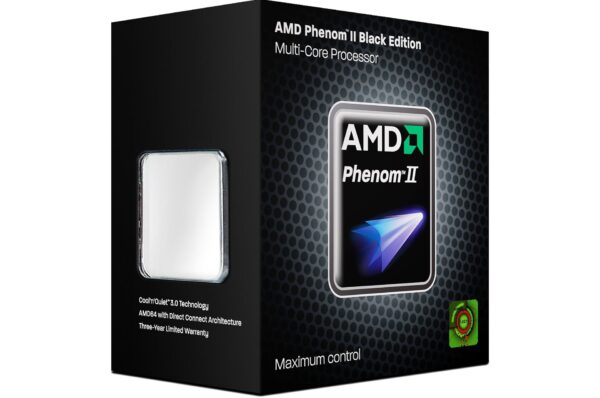
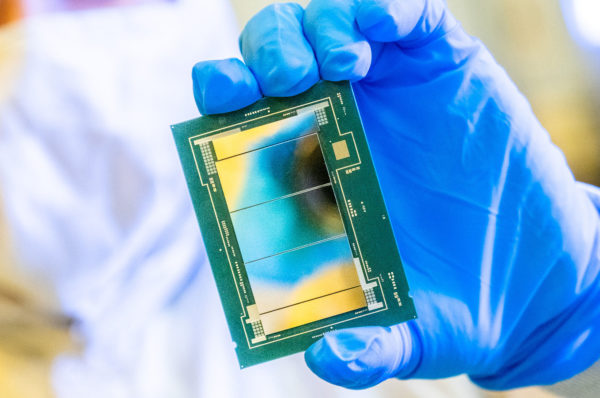
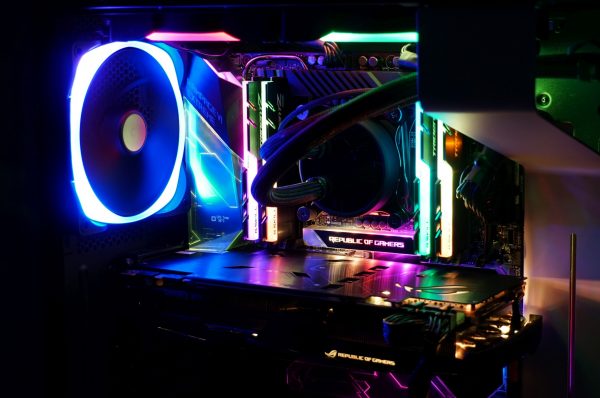
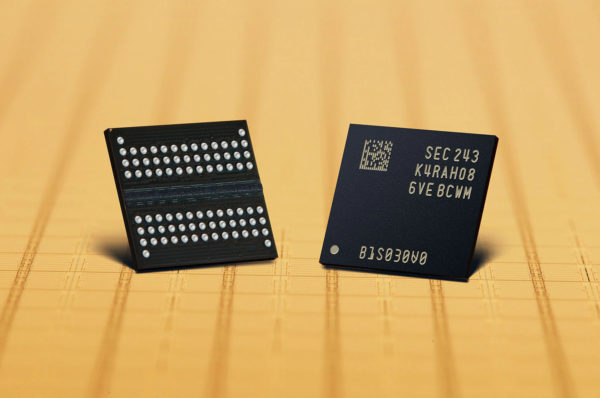
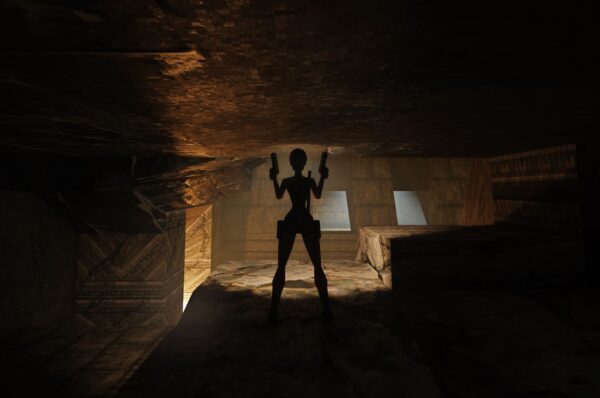
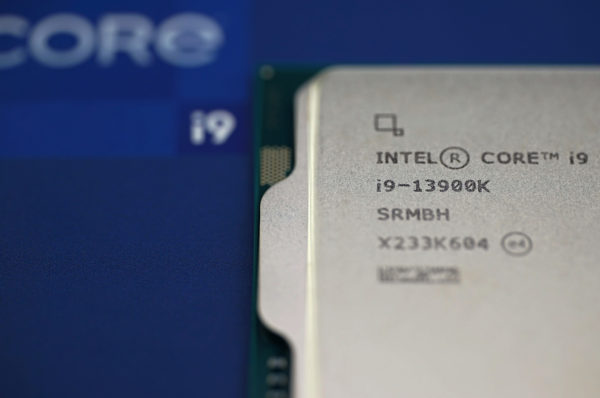
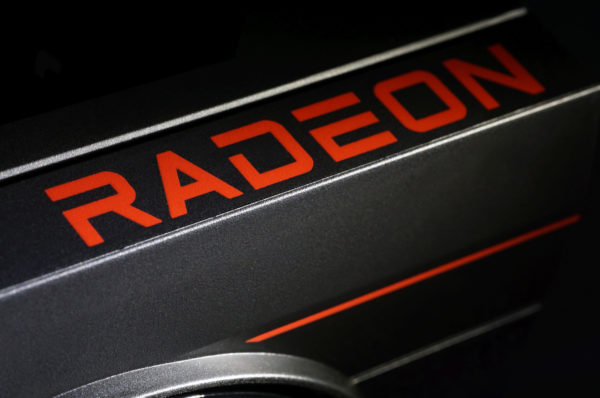
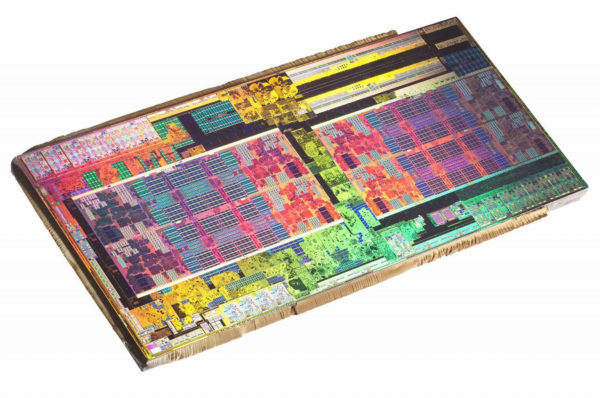
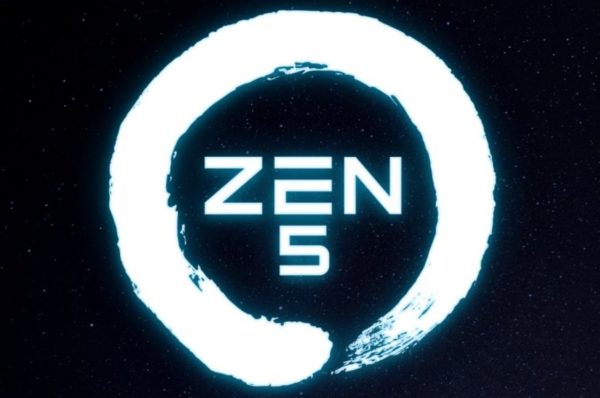
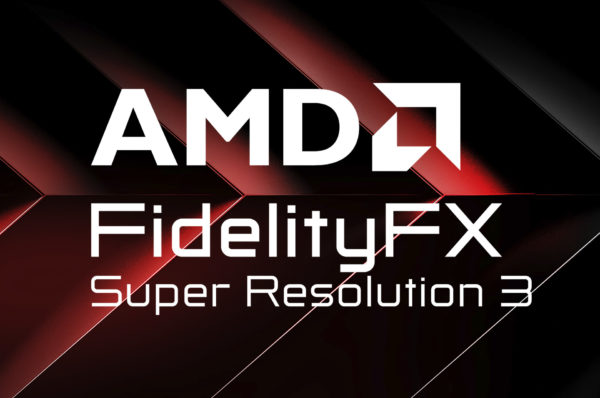
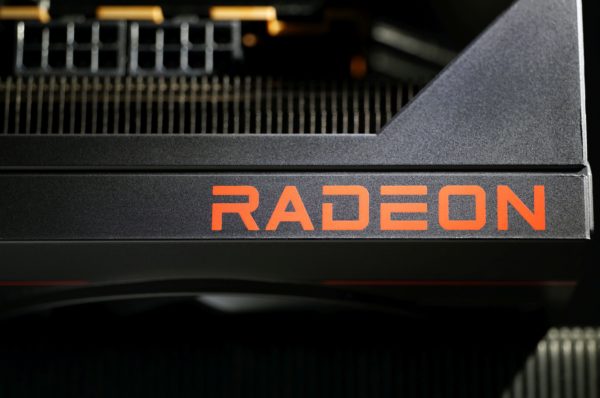
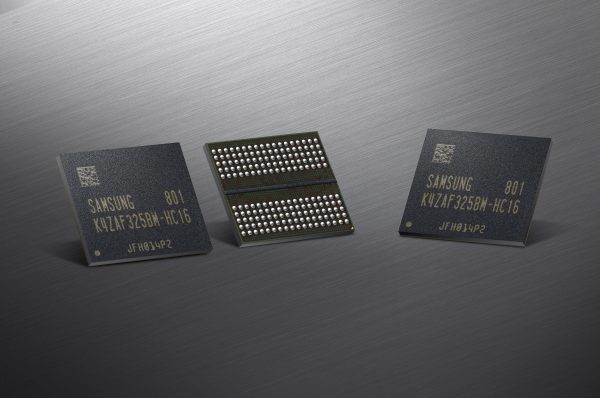
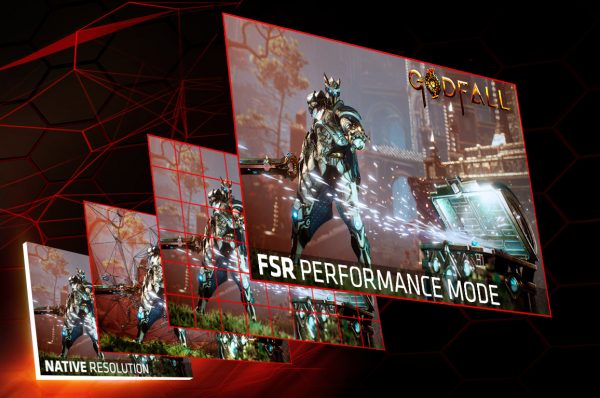

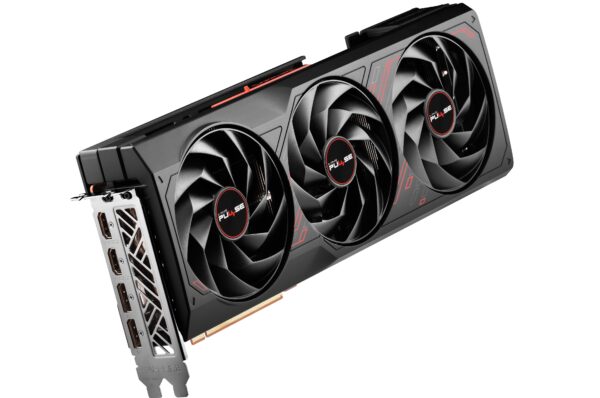



Latest comments